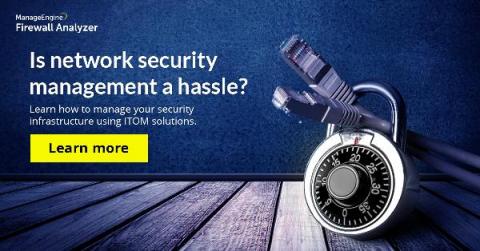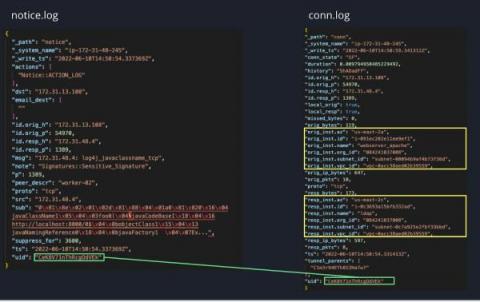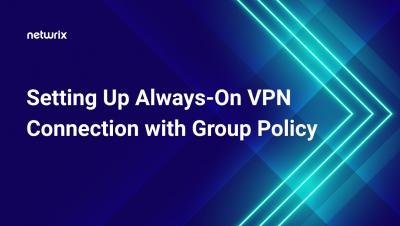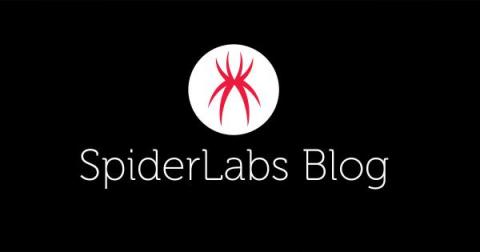Making Sense of Zero Trust Through the Lens of Networking and Infrastructure
“Zero trust” still confuses people—and for good reason. While the term conveys a certain absolute authority (“zero,” “nope,” “nothing”), contemporary approaches offer much more nuanced capabilities. And while zero trust today is typically associated with security initiatives, the concepts have their origin in the definition of network perimeters, who is granted access, and how that access is provided.











